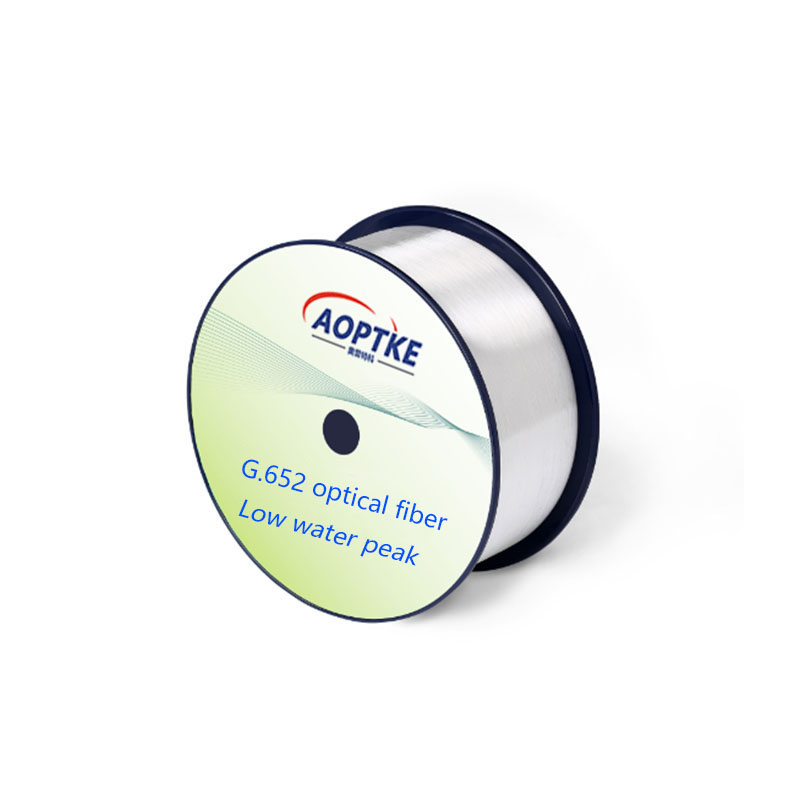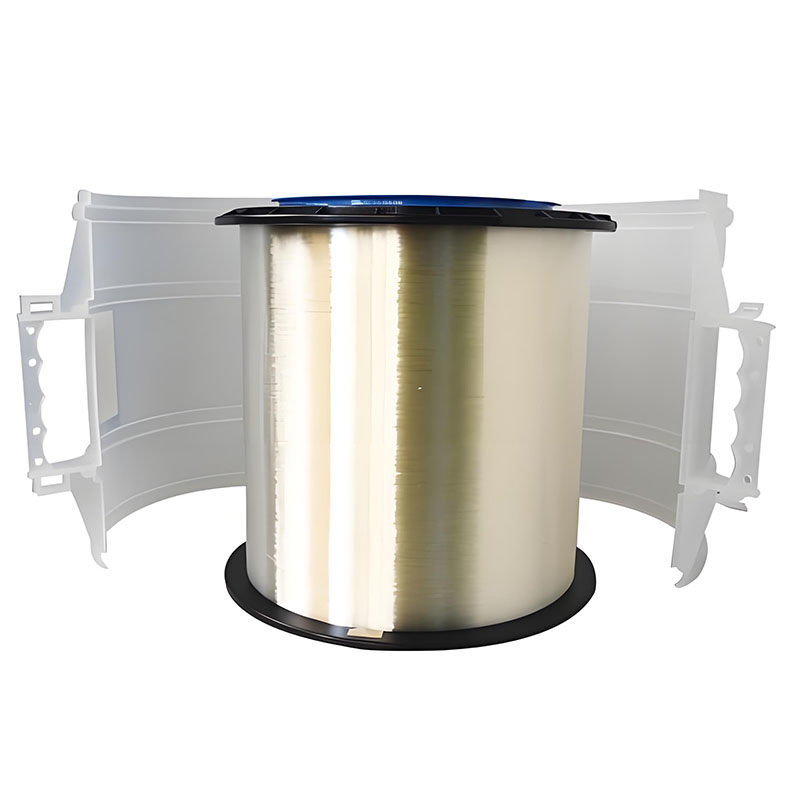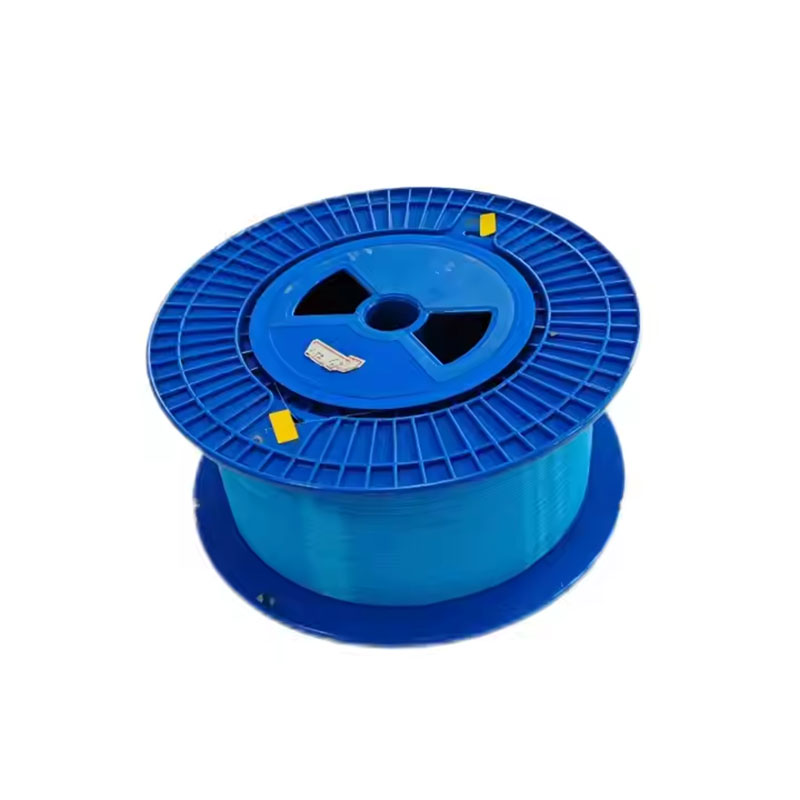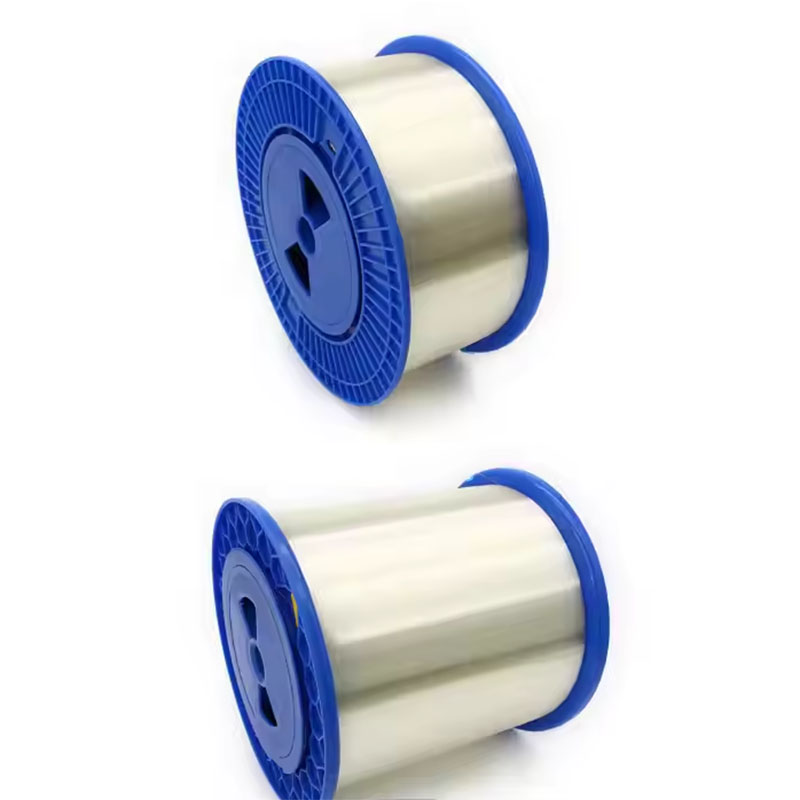Product Detail
Product Tags
G.657.A2 optic fiber | Product Standards
G.657.A2 optic fiber is used in optical cables of various structures, transmission in the full band of 1260-1626nm, FTTH high-speed optical routing, optical cables with small bending radius requirements, small-size optical cables and optical fiber devices, and L-band requirements. Aoptke Cable's products meet the requirements of ITU-T G.657.A1/A2/B2 optical fiber technical specifications.
G.657.A2 optic fiber | Product Features
·The minimum bending radius can reach 7.5mm.
·Excellent bending resistance; fully compatible with G.652 single-mode optical fiber.
·1260~1626nm full-band transmission; low polarization mode dispersion meets the needs of high-speed and long-distance transmission.
·Used in various optical cables including ribbon cables, extremely low micro-bending additional attenuation; high anti-fatigue parameters to ensure service life at small bending radius.
G.657.A2 optic fiber | Structure Parameters
Optical Fiber Performance Parameters
|
Parameter Name
|
Technical Specifications
|
Cladding Diameter
|
125.0±0.7 µm
|
Cladding Non-Circularity
|
≤0.5%
|
Coating Diameter
|
243±7 µm
|
Coating/Cladding Concentricity Error
|
≤12 µm
|
Coating Non-Circularity
|
≤6%
|
Core/Cladding Concentricity Error
|
≤0.5 µm
|
Curvature Radius (Warping)
|
≥4 m
|
Mode Field Diameter (1310nm)
|
8.8±0.4 µm
|
Mode Field Diameter (1550nm)
|
9.8±0.5 µm
|
Optical Characteristics
|
Parameter Name
|
Technical Specifications
|
Attenuation Coefficient (1310nm)
|
≤0.35 dB/km
|
Attenuation Coefficient (1383nm)
|
≤0.35 dB/km
|
Attenuation Coefficient (1550nm)
|
≤0.21 dB/km
|
Attenuation Coefficient (1625nm)
|
≤0.23 dB/km
|
Max Attenuation Difference (1285-1330nm vs 1550nm)
|
≤0.03 dB/km
|
Max Attenuation Difference (1525-1575nm vs 1550nm)
|
≤0.02 dB/km
|
Attenuation Discontinuity (1310nm)
|
≤0.05 dB/km
|
Attenuation Discontinuity (1550nm)
|
≤0.05 dB/km
|
Polarization Mode Dispersion (PMD)
|
≤0.2 ps/√km
|
PMD Coefficient (PMDq)
|
≤0.1 ps/√km
|
Zero Dispersion Wavelength
|
1312±10 nm
|
Zero Dispersion Slope
|
≤0.092 ps/(nm²·km)
|
Dispersion (1550nm)
|
≤17 ps/(nm·km)
|
Dispersion (1625nm)
|
≤22 ps/(nm·km)
|
Cable Cutoff Wavelength (λc)
|
≤1260 nm
|
Mechanical Performance
|
Parameter Name
|
Technical Specifications
|
Screening Strain
|
1%
|
Dynamic Fatigue Parameter (Nd)
|
≥20
|
Coating Stripping Force (Average)
|
1.7 N
|
Coating Stripping Force (Peak)
|
1.3-8.9 N
|
Environmental Performance
|
Parameter Name
|
Technical Specifications
|
Temperature-Induced Attenuation (-60℃ to 85℃)
|
≤0.05 dB/km
|
Temperature-Humidity Cyclic Attenuation
|
≤0.05 dB/km
|
Water Immersion Attenuation
|
≤0.05 dB/km
|
Dry Heat Aging Attenuation
|
≤0.05 dB/km
|
Bending Performance
|
Parameter Name
|
Technical Specifications
|
15mm Radius, 10 Turns (1550nm)
|
≤0.03 dB
|
15mm Radius, 10 Turns (1625nm)
|
≤0.1 dB
|
10mm Radius, 1 Turn (1550nm)
|
≤0.1 dB
|
10mm Radius, 1 Turn (1625nm)
|
≤0.2 dB
|
7.5mm Radius, 1 Turn (1550nm)
|
≤0.2 dB
|
7.5mm Radius, 1 Turn (1625nm)
|
≤0.5 dB
|
Additional Notes:
|
When the fiber is placed in a sealed container with oxygen partial pressure >0.01 atm, monitor the attenuation coefficient at 1240nm. If the increase exceeds 0.03 dB/km, the fiber is removed and stored in a ventilated environment for 14 days. The attenuation coefficient at 1383±3nm should not exceed the maximum value in the 1310-1625nm range.
|




